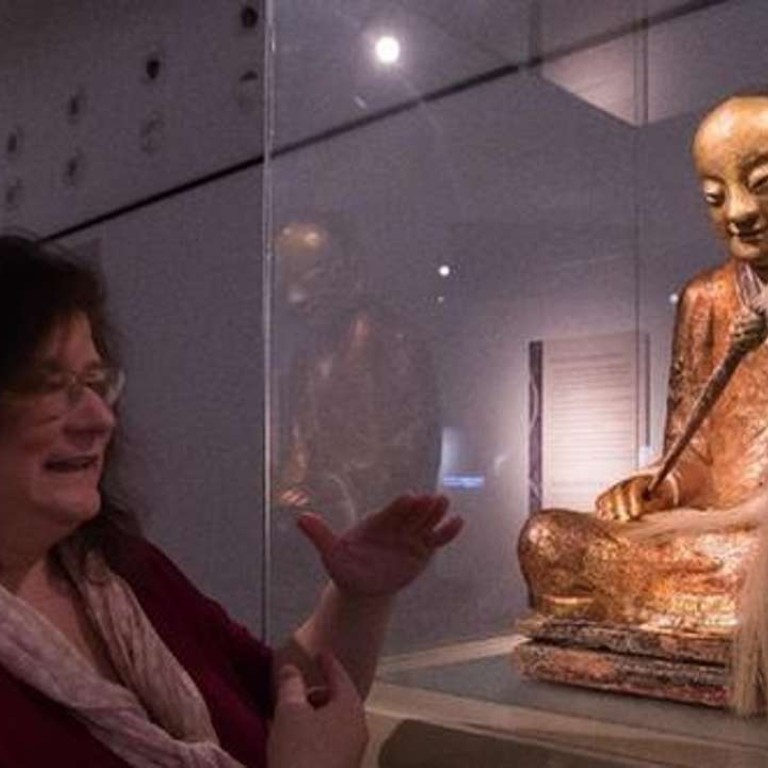
Date set for Chinese villagers’ Dutch court battle over ownership of 1,000-year-old ‘stolen’ gilded statute
Lawsuit against Dutch antiques collector, who claims ownership of Song dynasty relic that Fujian residents say was stolen in 1995, to take place in July
A lawsuit brought by villagers against a Dutch antiques collector, who refuses to return what they claim is a stolen 1,000-year-old statue containing the mummified remains of a Buddhist monk, will take place in the Netherlands in July.
The announcement by a court in Amsterdam on Thursday comes two years after villagers in Yangchun, Fujian province, began efforts to repatriate the statue after spotting it on television while it was being exhibited in Hungary.
They believe the statue was stolen from their village temple in 1995.
The case has formally accepted by the court last June, but the hearing has been delayed twice by collector, Oscar van Overeem, so that he could gather evidence, Xinhua reported.
The villagers went through official and private channels to try to negotiate its return with him, who claims ownership of the statue, but they failed to reach any agreement.
Xinhua reported that a judge would hear the arguments of the villagers and the collector, but would not issue an immediate judgment in the case.
Overeem has claimed he bought the statue for about 150,000 yuan (HK$170,000) in 1996 from another collector, and has rejected the villagers’ claim that the statue was the same one that villagers had worshipped.
A Dutch lawyer Jan Holthuis representing the villagers said last June that it was possible they would win their case because the statue contained mummified remains and – according to Dutch law – it was not permitted for a Dutch national to own a corpse.
The statue is believed to contain the mummified body of Buddhist monk Master Zhang, an ancestor of the villagers known for helping to treat sick people during the Northern Song dynasty (960-1127).
After his death his body was gilded and made into a statue.
An official with China’s State Administration of Cultural Heritage had confirmed that the statue owned by Overeem was the one stolen from the village, Xinhua reported in 2015.
Chinese art and statues have had a long history of being taken overseas, particularly in 1860 when British and French troops sacked the Old Summer Palace in Beijing.
Unesco, the UN agency promoting the international exchange of information and culture, has estimated that 1.67 million Chinese relics are still held by more than 200 museums in 47 countries.

